Where Big Books Are Born: Nathan Englander on the Dorothy and Lewis B. Cullman Center for Scholars and Writers

The author of The Ministry of Special Cases on the retreat in New York City.
Jump to navigation Skip to content
Articles from Poet & Writers Magazine include material from the print edition plus exclusive online-only material.

The author of The Ministry of Special Cases on the retreat in New York City.
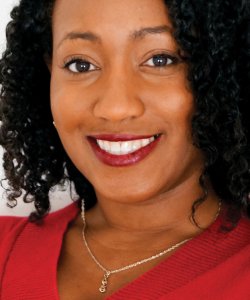
The author of The Loss of All Lost Things on the retreat in Cassis, France.

The author of Shahid Reads His Own Palm on the retreat in Greensburg, Pennsylvania.

The author of The Refugees on the retreat in Provincetown, Massachusetts.

The author of Pure Hollywood on the retreat in Saratoga Springs, New York.

The author of Sweetness #9 on the retreat in Red Wing, Minnesota.
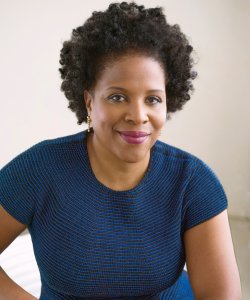
The author of An American Marriage on the retreat in Sheridan, Wyoming.

The author of We Play a Game on the retreat in New York City.
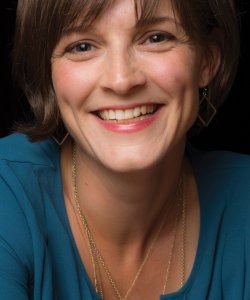
The author of What We Do With the Wreckage on the retreat in Mineral, Washington

A look at some of the most exciting first books of poetry published in 2017, including WHEREAS by Layli Long Soldier and Calling a Wolf a Wolf by Kaveh Akbar.

50 magazines and 5 small presses accepting submissions with no reading fees.
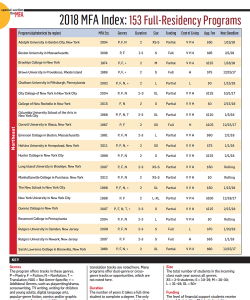
A look at 153 full-residency programs and 59 low-residency programs, sorted alphabetically by region.

Follow these agents on Twitter to gain insight into their tastes, author lists, and what kind of work they’re currently seeking.

Literary agents offer honest, unfiltered advice on how to find, approach, and secure the perfect agent for your work.

Trump’s 2018 budget outline includes withdrawing funding for the NEA, making him the first president to propose the total elimination of the fifty-year-old federal agency.
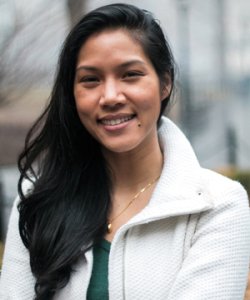
Nine recipients of the NEA creative writing fellowship recall the profound impact the grant made on their lives and careers.

A children’s book author reports from the second annual Color of Children’s Literature Conference, where she finds myriad professional resources and an inspiring community working to publish more children’s books by and about people of color.

A poet and novelist investigates the “bloody” work of rummaging for parts of real-life people in order to create stronger characters in fiction.

Our annual look at the most exciting first books of poetry published in 2016, including Night Sky With Exit Wounds by Ocean Vuong and nine others.
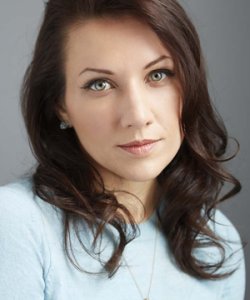
Writing about trauma is sometimes called “navel-gazing,” particularly for women writers. An essayist and memoirist confronts this stigma, and calls on writers to explore their personal traumas and truths.

A writer recalls his family’s history of depression as well as his own, and explores how writing through the darkest periods can serve as inspiration.

Editor Rob Spillman talks Tin House—the magazine, the books, the summer workshop—and the pleasures, perils, and surprises of independent publishing.
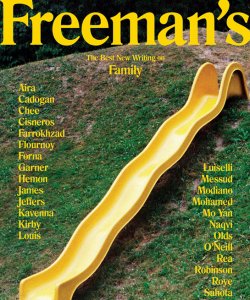
The next generation of literary journals—including these nine new publications, all founded within the past two years—is bringing new voices and editorial visions to a traditional form.

The editor of the Georgia Review calls to retire a long-used publishing term, contending that unsolicited submissions are so much more than just “slush.”
A publishing-industry veteran who has worked as an agent, writer, and editor explores how her various experiences have helped her make decisions about both her own career and that of other writers.